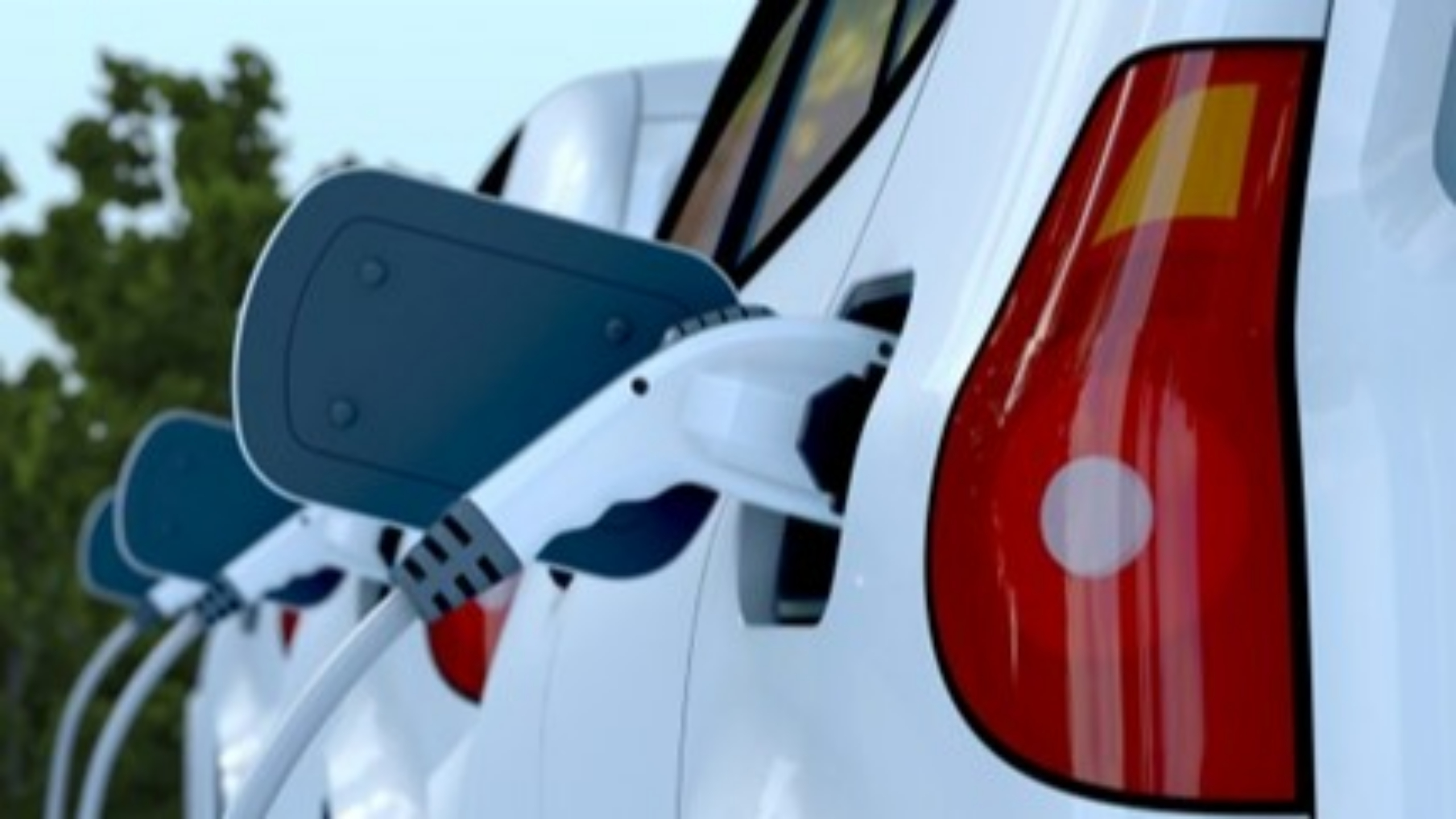Header

Click the Español link on any page to view the page in Spanish.
Please note: not all pages are available in Spanish at this time.- My Account
- Residential
- Business
-
Savings
-
Residential
-
Business
-
- Solar
-
-
Transitioning Your Business Fleet to Electric Vehicles
Commercial fleets account for 20% of all US new vehicle sales, and the transportation sector accounts for 29% of all carbon emissions in the US — the single largest contributor. In an effort to tackle global climate change, large companies like DHL, Amazon and even the U.S. government are taking action to transition their fleets to electric.
Imagine what would happen if America’s 30 million small businesses converted some or all of their fleets to electric vehicles (EVs). The impact on our environment could be staggering! It may seem like a big step to commit to transitioning your fleet to EVs, but it may not be as hard to get started as you think.
Benefiting the planet and your bottom line
Helping the planet isn't the only benefit your business will see when converting to EVs. One of the first things you'll find is that EVs reduce your operating expenses because the cost of ownership is lower. There are fewer moving parts in an EV than there are in an internal combustion engine (ICE) vehicle, so your maintenance time and costs are reduced. Replacing an ICE vehicle with an EV also eliminates fuel costs, which can be a volatile line item due to fluctuations in prices.
The cost to purchase or lease an EV is also coming down. With available financial incentives, the prices are comparable to many ICE vehicles.
One ancillary benefit to demonstrating your concern for the environment is that you can attract new customers and loyal employees to your business. A growing number of consumers are choosing to do business with companies working to reduce their carbon footprint. Employees are also increasingly looking to work for employers that are investing in green initiatives.
Charging your fleet
Although EVs eliminate the need for fuel, you will have to invest in a charging infrastructure. Most businesses install Level 2 or Level 3 chargers. Level 2 chargers can generally charge vehicles in three to eight hours. Level 3 charging stations (also known DC fast chargers) are much more expensive to install, but can charge vehicles in 30 minutes or less. The good news is that federal and state incentives are available to help offset your charging infrastructure costs.
There are other benefits to installing charging stations at your business. First, it's a great perk for any of your employees or customers who drive an EV — you can give them access to the stations while your fleet is out during the day. And if you include renewables like solar in your infrastructure mix, you may be able to reduce your costs further by selling excess energy back to the grid or storing it for future use.
Planning for an EV future
There’s an old saying that the best way to eat an elephant is one bite at a time. The same may be true for your company’s transition to an electric fleet. You don’t have to replace the entire fleet at once, and based on your type of business, it may make sense to convert just a part of your fleet to EVs.
You can swap your existing ICE vehicles for EVs on their natural replacement cycle, perhaps starting with smaller passenger vehicles or SUVs used by sales staff. Next, you can focus on converting vans or trucks, if your business makes a lot of last mile deliveries.
Staging your transition over the span of several years, one bite at a time, makes going electric is easier than you think.







